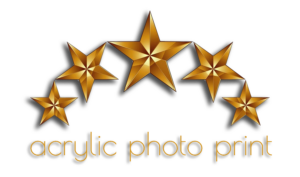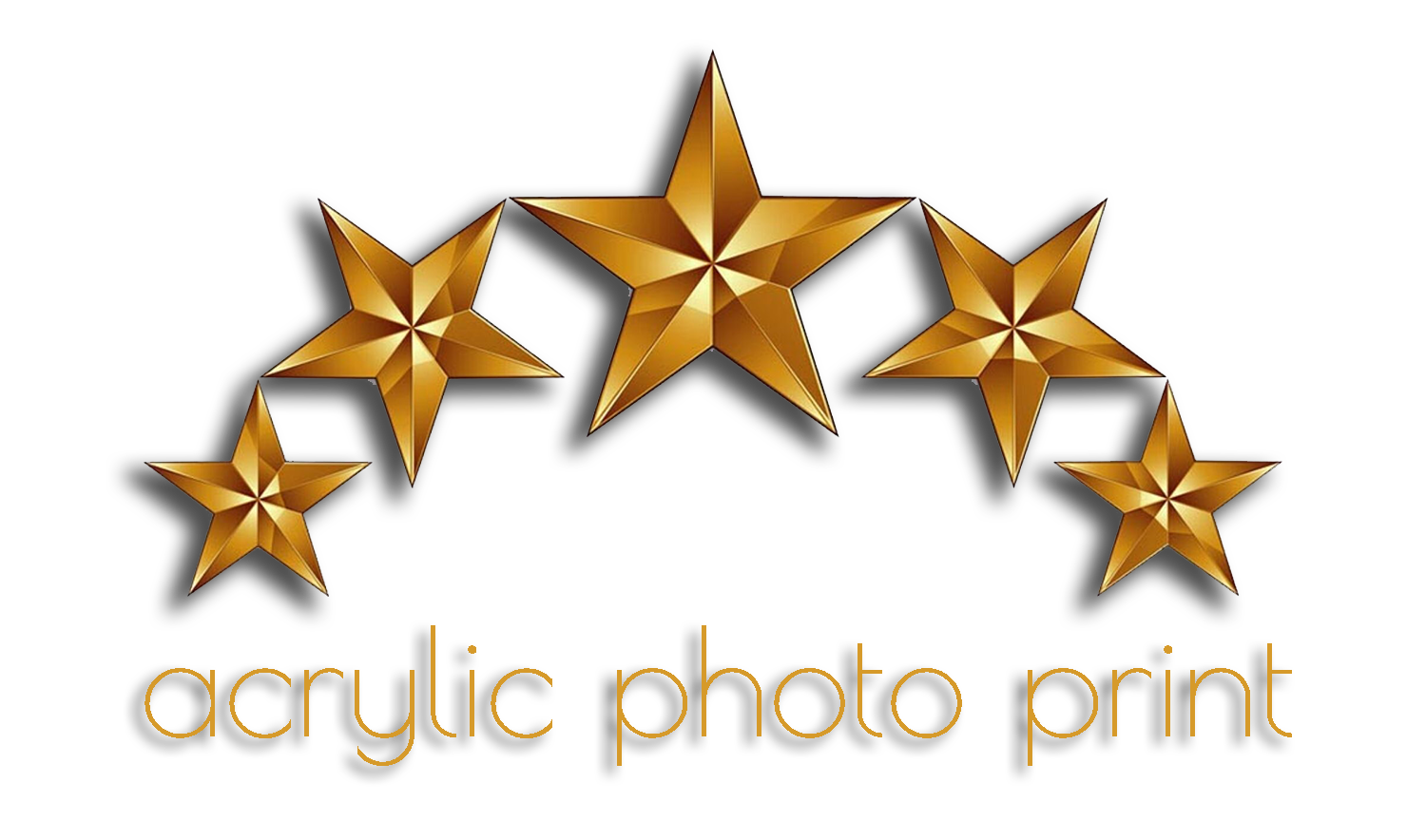Glass Photo Prints vs Acrylic Pictures: Which One Is Right for You?
Which One Is Right for You? As someone who has spent years guiding clients through the world of premium photo printing, I’ve seen many people face a similar question: should I go with glass photo prints or acrylic pictures? At first glance, they might look similar—shiny, modern, and high-end. But the truth is, they’re quite different in terms of performance, durability, and appearance.
So if you’re trying to decide which one is best for your home, office, or next big project, let’s walk through the key differences—together.
1. First, Let’s Define Them
Glass Photo Prints usually refer to photos either printed directly onto the back of a piece of glass or mounted behind glass. This approach gives a sharp, polished appearance, similar to traditional framed art but with a modern twist.
Acrylic Photo Prints, on the other hand, involve either direct printing onto acrylic or face-mounting a photo between an acrylic sheet and a backing panel. The result is a bold, luminous image with excellent depth.
While both are elegant, acrylic prints offer more modern appeal and performance benefits, which we’ll explore below.
2. Visual Appeal and Color Reproduction
Acrylic:
Acrylic is the star of color vibrancy. Because light passes through the acrylic and reflects back from the photo underneath, the result is an image that appears almost three-dimensional. Colors are more saturated, blacks are deeper, and whites are crisp.
Glass:
Glass has a clean, sleek look, but because it reflects more light off its surface, it can sometimes reduce contrast and color richness—unless you’re using ultra-clear or museum-quality glass.
✅ Winner: Acrylic, for enhanced vibrancy and color depth.
3. Durability and Practical Use
Acrylic:
Highly durable and shatter-resistant. Perfect for homes with children, pets, or busy areas like offices, bathrooms, and kitchens. Many acrylic prints also come with UV-protective coatings to resist fading.
Glass:
Fragile. Even tempered glass can crack or chip if dropped or bumped. It’s better suited for controlled environments or decorative purposes rather than high-traffic areas.
✅ Winner: Acrylic, for real-world durability and resilience.
4. Weight and Installation
Acrylic:
Lightweight yet sturdy. Even large acrylic pieces are relatively easy to mount using standoffs, French cleats, or hidden back frames.
Glass:
Heavy. Requires secure mounting and careful handling. Not ideal for very large formats unless reinforced backing is added.
✅ Winner: Acrylic, especially for large or multiple prints.
5. Glare and Reflection
Glass:
Highly reflective, especially in brightly lit rooms. Unless you invest in non-glare or museum glass, reflections can obscure the image.
Acrylic:
Lower reflectivity and available in both glossy and non-glare finishes. Easier to view in different lighting conditions without distracting reflections.
✅ Winner: Acrylic, for better clarity and reduced glare.
6. Cost and Value
Glass:
Generally cheaper upfront, particularly for standard sizes. However, it often requires a frame, which adds to the total cost.
Acrylic:
Costs more due to premium materials and mounting, but offers higher longevity, richer color, and frameless display options.
✅ Winner: It depends. Glass wins for budget-conscious users; acrylic wins for lasting value.
7. Customization Options
Acrylic:
Endlessly customizable. Choose any size, shape, and even layer images with transparency for advanced design effects.
Glass:
Limited customization, mostly confined to standard sizes and frame options. Custom shapes are expensive and fragile.
✅ Winner: Acrylic, for flexibility and design freedom.
8. Maintenance and Cleaning
Glass:
Easy to clean with household glass cleaner and a soft cloth. However, smudges and fingerprints show easily.
Acrylic:
Use a microfiber cloth and a water-dampened cloth—avoid ammonia-based cleaners. Slightly more care is required to avoid scratches, but modern acrylic is fairly resistant.
✅ Winner: Glass, but acrylic is still very manageable with proper care.
9. Moisture and UV Resistance
Acrylic:
Excellent resistance to moisture and sunlight. Suitable for bathrooms, kitchens, and even outdoor covered spaces.
Glass:
Susceptible to condensation and not ideal for humid or wet environments unless sealed well.
✅ Winner: Acrylic, for performance in varied conditions.
10. Professional and Aesthetic Appeal
In gallery settings or modern office environments, acrylic reigns supreme. Its frameless design, high gloss, and color brilliance make it the choice for professional photographers and designers.
Glass tends to be associated with traditional framing, which can be elegant—but it doesn’t offer the boldness or depth of acrylic.
✅ Winner: Acrylic, for modern, premium presentation.
Final Verdict: Which One Is Right for You?
Here’s a quick breakdown to help you decide:
| Use Case | Best Option |
|---|---|
| You want modern, gallery-quality presentation | Acrylic |
| You’re decorating a high-traffic or humid space | Acrylic |
| You’re on a tight budget or love classic frames | Glass |
| You need large-format prints | Acrylic |
| You prefer easier maintenance and lower weight | Acrylic |
Still Not Sure? Let’s Talk.
If you’re still debating between glass and acrylic, let me help. I’ve guided hundreds of clients through this exact decision, and it always comes down to your photo, your space, and your style.
Would you like my honest opinion based on your image or room? Feel free to send a sample photo or your wall measurements. I’ll help you choose the material, size, and mounting that brings your vision to life.
Because at the end of the day, it’s not just about printing a photo—it’s about elevating a memory into a lasting work of art.



No responses yet